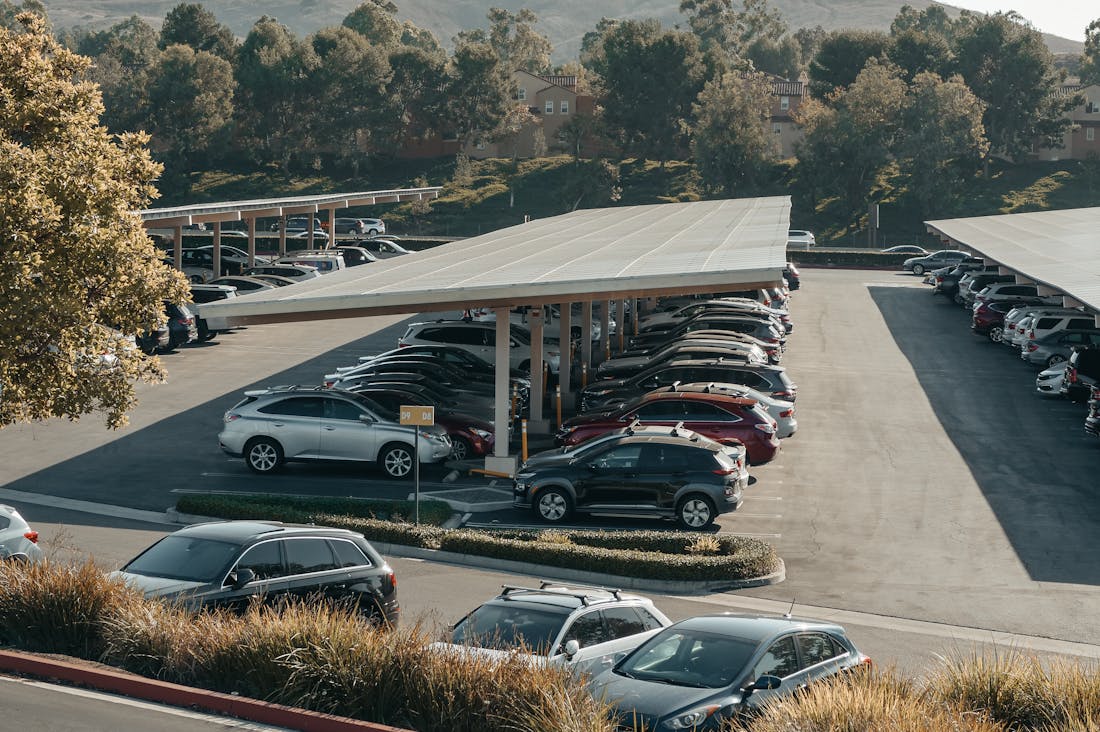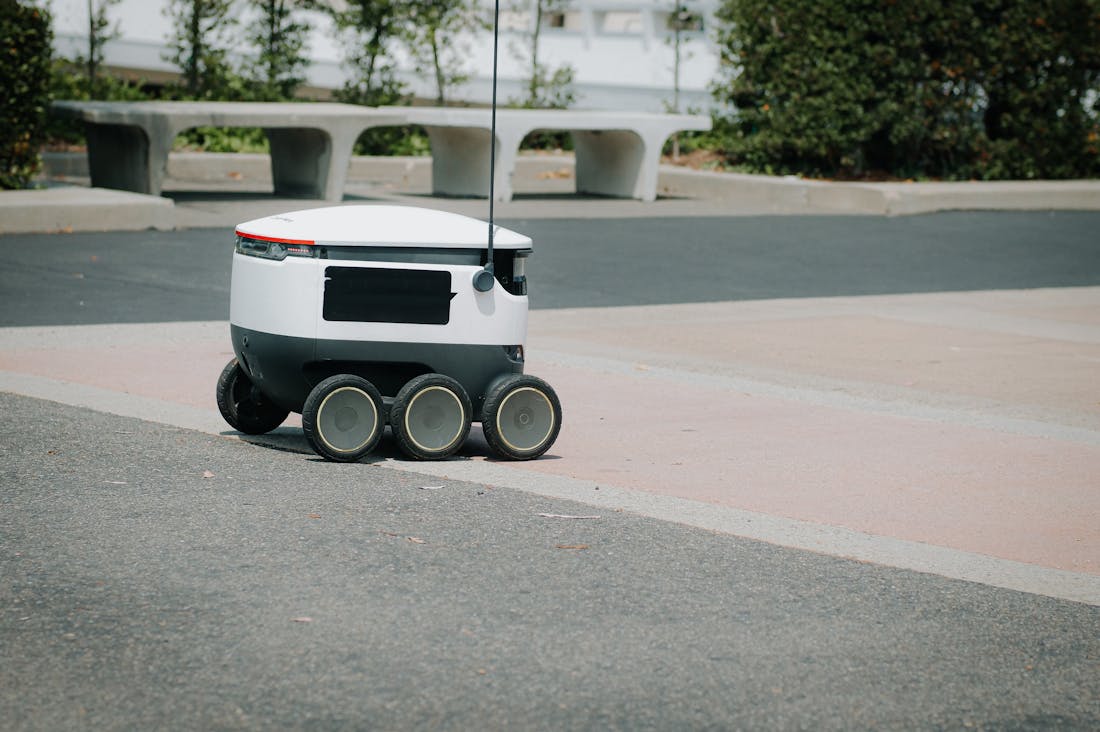The automotive industry is undergoing a tremendous transformation fueled by innovative technologies that are reshaping how we design, manufacture, and interact with vehicles. From electric propulsion and autonomous driving to advanced connectivity and artificial intelligence, these advancements are setting the stage for a more sustainable, efficient, and user-centric future in transportation. As we delve into these groundbreaking changes, we explore how they are redefining the driving experience and paving the way for a new era of automotive innovation.

Rise of Electric Vehicles and Sustainability
The rise of electric vehicles (EVs) marks a significant step toward a sustainable future, addressing the pressing need to reduce greenhouse gas emissions and combat climate change. As advancements in battery technology improve range and efficiency, consumers are increasingly embracing EVs as a viable alternative to traditional gasoline-powered cars. Many governments worldwide are supporting this transition through incentives, infrastructure development, and stricter emissions regulations. Additionally, the shift to EVs promotes the use of renewable energy sources, further decreasing our carbon footprint. By integrating sustainable practices within the automotive industry, electric vehicles represent a crucial element in the global effort to achieve a greener, more sustainable world.

Autonomous Driving: What Lies Ahead?
Autonomous driving technology stands on the brink of revolutionizing transportation as we know it. With advancements in artificial intelligence, machine learning, and sensor technology, self-driving cars are becoming increasingly reliable and sophisticated. The implications of this shift are vast, promising enhanced safety through reduced human error, decreased traffic congestion, and improved fuel efficiency. As regulatory frameworks evolve, challenges such as ethical dilemmas, cybersecurity concerns, and public acceptance will need to be addressed. Looking ahead, the integration of autonomous vehicles into public transport systems and urban infrastructure could reshape cities, leading to more sustainable and interconnected communities. The future of mobility is not just about self-driving cars, but a comprehensive transformation toward smarter urban living.

Connected Cars and the Internet of Things
Connected cars represent a significant evolution in the automotive industry, leveraging the Internet of Things (IoT) to create an interconnected driving experience. These vehicles are equipped with advanced sensors, software, and communication technologies that enable them to connect not only to the internet but also to other vehicles, infrastructure, and devices. This connectivity allows for real-time data exchange, enhancing safety through features like collision avoidance, traffic updates, and remote diagnostics. Moreover, connected cars can optimize fuel efficiency and provide personalized driving experiences, such as tailored navigation and entertainment options. As the technology continues to advance, the integration of connected cars into smart cities could revolutionize transportation, making it safer and more efficient for everyone.
The Role of Artificial Intelligence in Automotive Innovation
Artificial intelligence (AI) is a key driver behind the transformation of the automotive industry, enhancing various aspects from design to user interaction. AI algorithms are utilized in vehicle design to simulate performance, optimize aerodynamics, and improve safety features, making the development process faster and more efficient. In terms of user experience, AI personalizes in-car environments by learning driver preferences, suggesting routes, and even managing entertainment systems. Additionally, AI plays a crucial role in data analytics, processing vast amounts of information from connected vehicles to improve services and predict maintenance needs, ultimately leading to a more seamless driving experience.
Impact of Sustainability on Automotive Manufacturing
Sustainability is increasingly influencing automotive manufacturing processes, prompting companies to adopt greener practices throughout their supply chains. This includes sourcing materials responsibly, reducing waste, and utilizing energy-efficient production techniques. Manufacturers are now exploring the use of recycled materials in vehicle production, which not only minimizes environmental impact but also drives innovation in material science. Furthermore, the shift towards sustainable manufacturing encourages collaboration across industries, as automakers partner with technology firms and energy providers to enhance the sustainability of their operations. By embracing environmentally friendly practices, the automotive industry is contributing significantly to global sustainability goals.
Challenges and Opportunities in Electric Vehicle Adoption
Despite the growing popularity of electric vehicles (EVs), several challenges remain that could hinder widespread adoption. One of the primary barriers is the availability of charging infrastructure, particularly in rural and less developed areas. Additionally, consumers often express concerns over the range of EVs and the time it takes to charge compared to refueling traditional vehicles. However, these challenges also present unique opportunities for innovation. Companies are investing in fast-charging technologies and enhancing battery efficiency to address these concerns. Furthermore, the expansion of charging networks and innovative solutions such as battery swapping can significantly improve the user experience, making EVs a more attractive option for consumers.
Future Trends in Transportation and Urban Mobility
As we look toward the future, several trends are emerging that will redefine transportation and urban mobility. The integration of shared mobility solutions, such as ride-sharing and car-sharing services, is transforming how people access transportation in urban areas. These services promote the use of fewer vehicles, reducing congestion and emissions. Additionally, the rise of micromobility options, such as electric scooters and bikes, offers convenient alternatives for short-distance travel. Cities are also adapting their infrastructures to accommodate these changes, investing in dedicated lanes and parking for shared and electric vehicles. The future of urban mobility lies in creating interconnected, efficient systems that prioritize sustainability and accessibility for all citizens.
AI-Assisted Content Disclaimer
This article was created with AI assistance and reviewed by a human for accuracy and clarity.